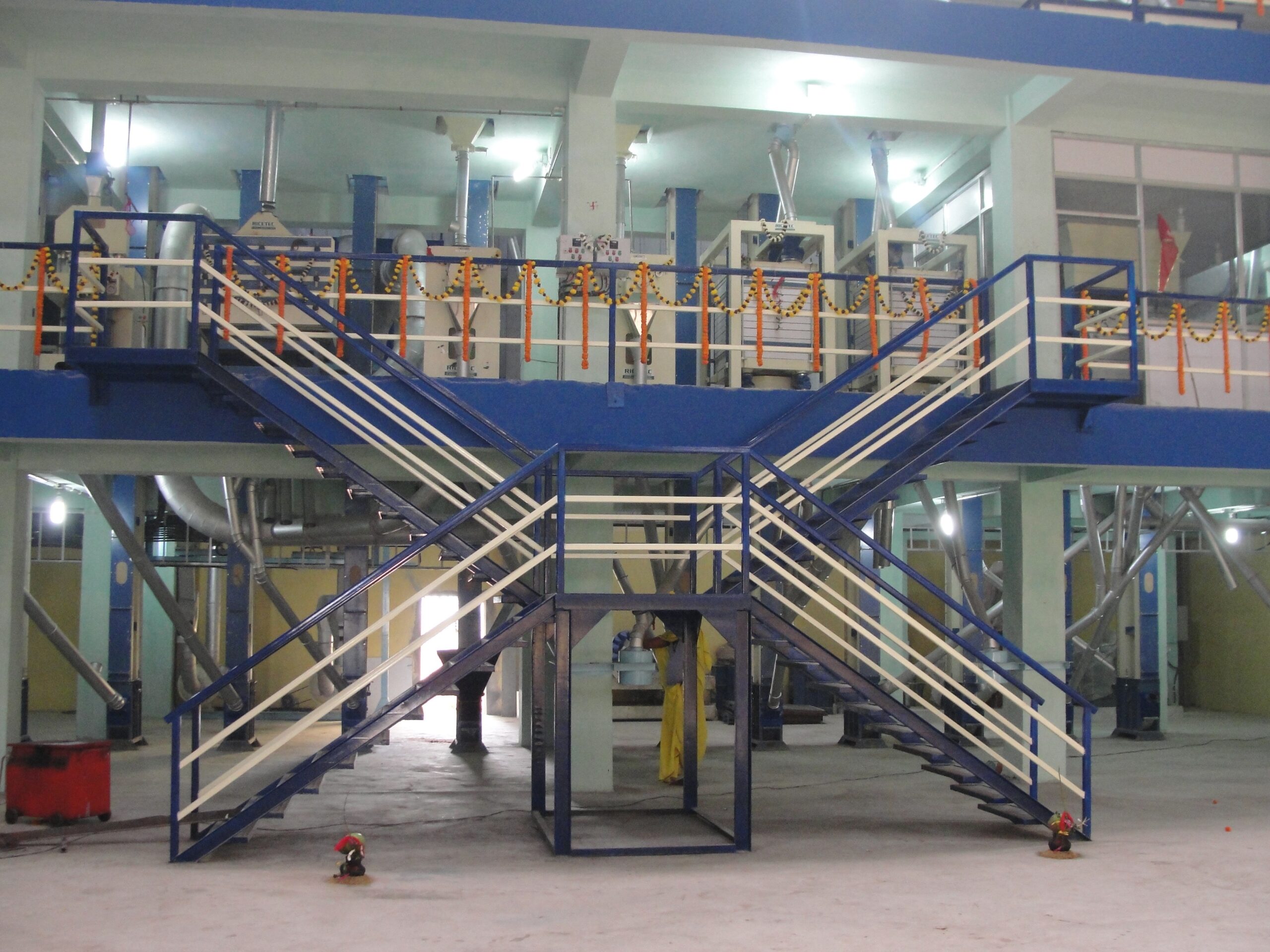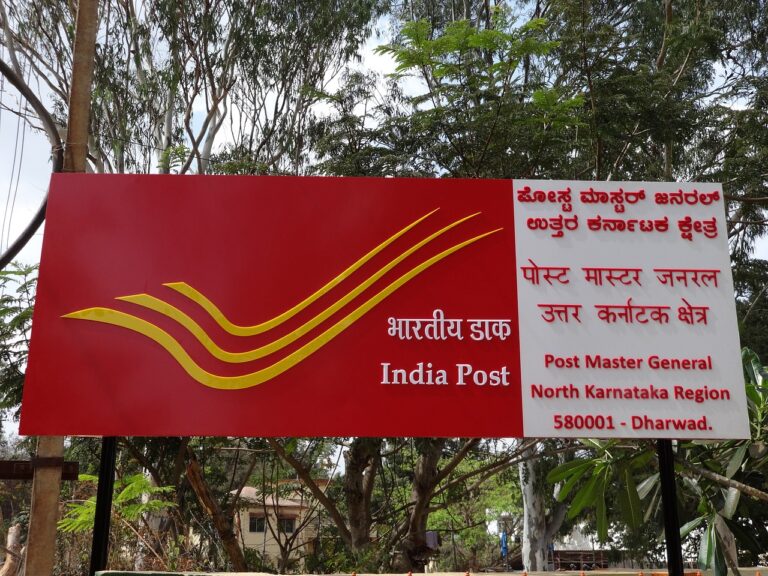Understanding the Importance of a Paddy Cleaner in Modern Rice Milling
In the rice milling industry, the efficiency of every stage of the process directly impacts the final product’s quality and market value. Among the critical machines used in rice processing, the Paddy Cleaner stands out as an essential piece of equipment that ensures cleaner, purer grains before the actual milling process begins. Designed to remove unwanted impurities and foreign materials from paddy rice, the Paddy Cleaner plays a pivotal role in maximizing yield, preserving the health of milling machines, and enhancing the overall quality of rice.
What is a Paddy Cleaner?
A Paddy Cleaner is a pre-cleaning machine used in rice mills to eliminate dust, straw, stones, chaff, and other unwanted particles from harvested paddy. Before paddy is sent for de-husking or milling, it often contains several contaminants that, if not removed, can cause damage to other machines and affect the quality of milled rice. The Paddy Cleaner functions as the first line of defense in the milling line, protecting the downstream machinery and ensuring smooth processing.
This machine typically uses a combination of sieves, aspiration systems, and vibratory mechanisms to separate light, medium, and heavy impurities. By adjusting sieve sizes and air settings, it can be tailored to suit different varieties of paddy and levels of contamination, making it a versatile tool in rice processing plants of all sizes.
Why Paddy Cleaning is Critical
Clean paddy is the foundation of high-quality rice. The primary reasons paddy cleaning is necessary include:
-
Protecting Milling Equipment: Stones and other hard objects can severely damage rollers, rubber hullers, and polishing machines, leading to costly downtime and repairs. A Paddy Cleaner helps prevent such damage.
-
Improving Milled Rice Quality: Removing immature, infested, or broken grains, as well as debris, helps ensure that only the best quality paddy enters the milling stage. This results in more uniform and attractive rice, which fetches a better price in the market.
-
Enhancing Process Efficiency: When contaminants are removed early on, there is less chance of blockages, wear, and inefficiencies in downstream machines. This helps optimize throughput and reduces energy consumption.
-
Reducing Post-Harvest Loss: Paddy Cleaner machines help preserve more usable grains by preventing breakage and reducing waste, which is crucial for both small and large-scale farmers and processors.
Types of Paddy Cleaners
Depending on scale, capacity, and budget, rice processors can choose from several types of Paddy Cleaner machines:
-
Conventional Paddy Cleaner: These are widely used in medium to large-scale rice mills. They include multiple sieves and air systems to separate different types of impurities efficiently.
-
Vibro Paddy Cleaner: This type utilizes vibration and aspiration techniques to clean paddy. They are energy-efficient and suitable for modern rice processing units.
-
Drum Cleaner: This machine uses rotating drums with perforations to remove impurities. It’s often used in pre-cleaning stages, especially where large volumes of paddy are handled.
-
Aspiration-type Paddy Cleaner: These are excellent for removing light impurities like dust, straw, and husks using air pressure and suction.
Each type of Paddy Cleaner has its advantages, and the choice largely depends on processing capacity and the nature of impurities in the raw paddy.
How Paddy Cleaners Work
The working mechanism of a Paddy Cleaner involves several steps:
-
Feeding: Raw paddy is fed into the machine via a hopper.
-
Sieving: The paddy passes through layers of sieves or perforated screens that segregate particles by size. Larger particles like straw are filtered out on the top screen, while smaller impurities fall through the lower screens.
-
Aspiration: An air suction system removes light particles like husk, chaff, and dust.
-
Output: Cleaned paddy is collected at one end, while waste material is discharged from separate outlets.
Modern Paddy Cleaners are designed for minimal manual intervention and often come with adjustable settings for different paddy types and impurity levels.
Benefits of Using a Paddy Cleaner
Investing in a high-quality Paddy Cleaner brings multiple benefits:
-
Increased Milling Yield: By ensuring only quality paddy enters the mill, the breakage of rice grains during milling is significantly reduced.
-
Longer Machine Life: Removing foreign objects minimizes wear and tear on other milling machines.
-
Higher Market Value: Clean, uniform rice meets quality standards and commands better prices.
-
Lower Operational Costs: Efficient cleaning means less downtime, fewer repairs, and lower energy consumption.
Choosing the Right Paddy Cleaner
When selecting a Paddy Cleaner for your rice mill, consider the following:
-
Capacity Requirements: Match the machine’s capacity with your mill’s processing needs.
-
Type of Paddy: Some paddy varieties have more impurities or are more fragile than others.
-
Automation Level: Fully automated systems save labor and improve consistency.
-
Maintenance Needs: Choose a machine that’s easy to clean and maintain.
-
Brand Reputation and Support: Go for reliable manufacturers known for performance and after-sales service.
Maintenance and Operational Tips
To ensure the long-term performance of your Paddy Cleaner, regular maintenance is essential:
-
Clean sieves and aspiration systems regularly.
-
Check for wear and tear in moving parts.
-
Lubricate components as per the manufacturer’s recommendation.
-
Monitor output for consistency—sudden drops in cleaning efficiency may indicate a problem.
Trained operators should also be involved in setting and adjusting the machine to match different batches and impurity levels.
The Future of Paddy Cleaning
With growing demand for higher rice quality and increased export potential, the importance of efficient paddy cleaning has never been greater. Automation, AI integration, and smart sensors are likely to be the future of Paddy Cleaners, offering real-time impurity detection, auto-adjustments, and predictive maintenance.
Moreover, sustainability is becoming a key factor in agricultural machinery. Manufacturers are now focusing on developing Paddy Cleaners that consume less power and are made with recyclable materials, contributing to a greener milling industry.
Final Thoughts
The Paddy Cleaner is a cornerstone of efficient and high-quality rice production. Its role in removing impurities, protecting equipment, and ensuring that only the best grains move forward in the processing line cannot be overstated. Whether you’re operating a small family-run rice mill or a large commercial operation, investing in a robust Paddy Cleaner is a decision that will pay off in product quality, operational efficiency, and customer satisfaction.
By focusing on this vital first step in rice processing, millers can gain a competitive edge, reduce losses, and ensure their rice meets the standards of an increasingly quality-conscious market. As innovations continue to evolve in agricultural machinery, the Paddy Cleaner will remain a fundamental component of rice milling infrastructure, bridging the gap between harvest and high-quality rice on the table.







